Discover the spiritual tapestry of the Shouf district in Lebanon, As USAID’s Trade and Investment Facilitation (TIF) project is working to raise the profile of the district and improve its tourism offering, explore six extraordinary religious sites, each with its own unique history, architecture, and significance, inviting travelers to embrace the region’s rich religious and cultural heritage.
By Dr. Nour FARRA HADDAD
Religious anthropologist and researcher and founder of NEOS Tourism consultancy Nour Farra-Haddad takes us on a trip to six of Shouf’s unique religious pilgrimage sites.
The Shouf, one of the best-preserved Lebanese district, with a beautiful nature, We can visit in picturesque villages beautiful and historical Mosques, Churches, monasteries and sanctuaries.
We suggest a journey to six unique religious sites in the area. We will begin by visiting two religious landmarks in Deir El Qamar, Our Lady of the hill (Saydet El Talleh) Maronite Church and Fakhreddine Mosque. Shortly after Emir Fakhreddin I came to power in 1590, a chronic water Shortage in Baaqline forced him to move his capital to Deir El Qamar. He ruled from there until his death in 1635. The town remained the residence of the governors of Lebanon until the 18th century, when Emir Bechir II Chehab moved the capital to Beiteddine. After Deir El Qamar we can continue toward Niha village and visit the impressive and miraculous Druze Maqâm of Nabi Ayyoub. In Joun we can explore the Greek Catholic domain of Deir El Moukhalles before taking the direction of the costal village of Nea’meh to discover the Maronite monastery of Mar Jiryes. Finally, before getting back to Beirut we recommend the visit of the Maqâm of the biblical Prophet Nabi Younes (Jonah) in Jiyyeh.
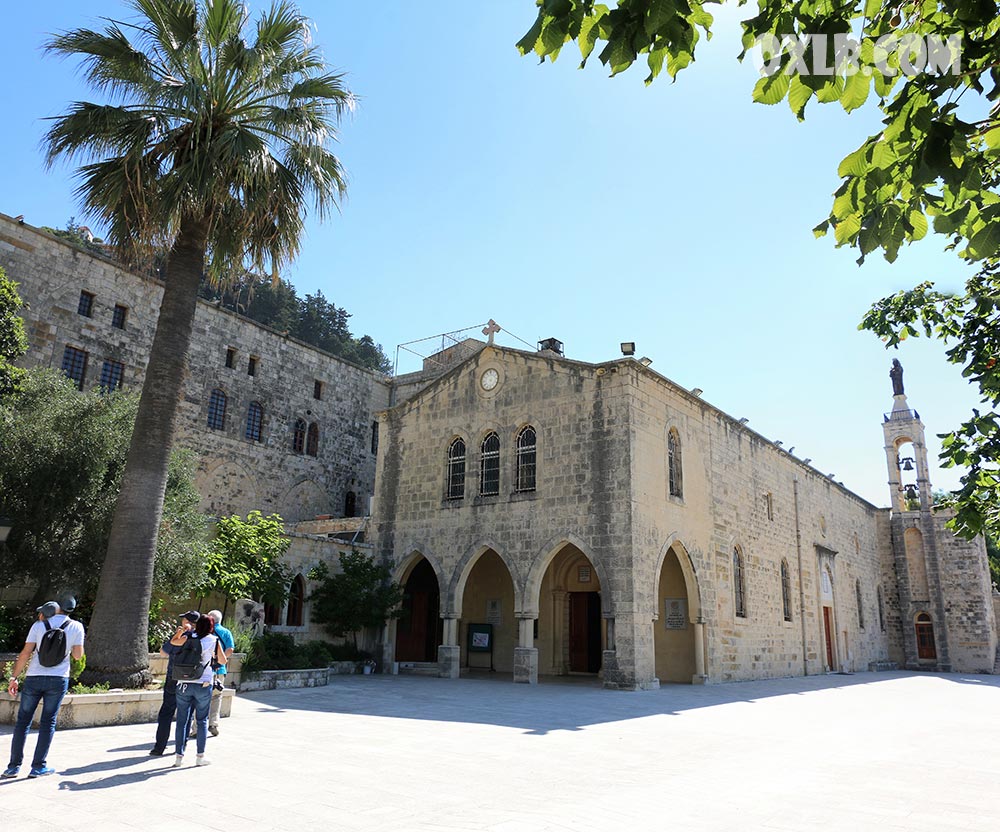
Our Lady of the Hill (Saydet El Talleh) Church, Deir El Qamar
Located in the heart of Deir El Qamar, Our Lady of the Hill Church, also known as Saydet El Talleh, is a Maronite Church with a fascinating history. It was likely built in 451 A.D. by the monk Raboula on the site of a Phoenician temple dedicated to Goddess Astrate or Hecate. This church has been rebuilt, enlarged, and renovated multiple times throughout history. It is an important pilgrimage site, dedicated to the miraculous Virgin Mary
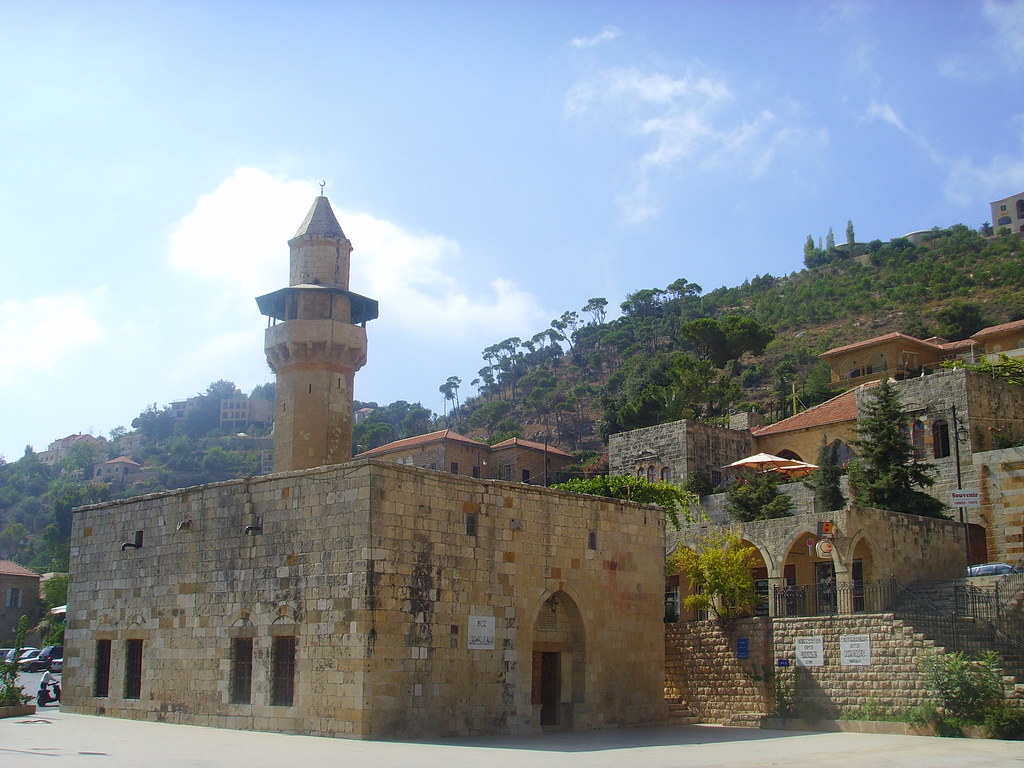
Fakhreddine Mosque (El Midan – Deir El Qamar)
Fakhreddine Mosque is one of the oldest mosques in Mount Lebanon, built in 1493 and later restored during the reign of Emir Fakhreddine I Maan. It is an excellent example of Mount Lebanon mosques and features intricate architectural details. The mosque has a rich history and remains an important religious site in the region.
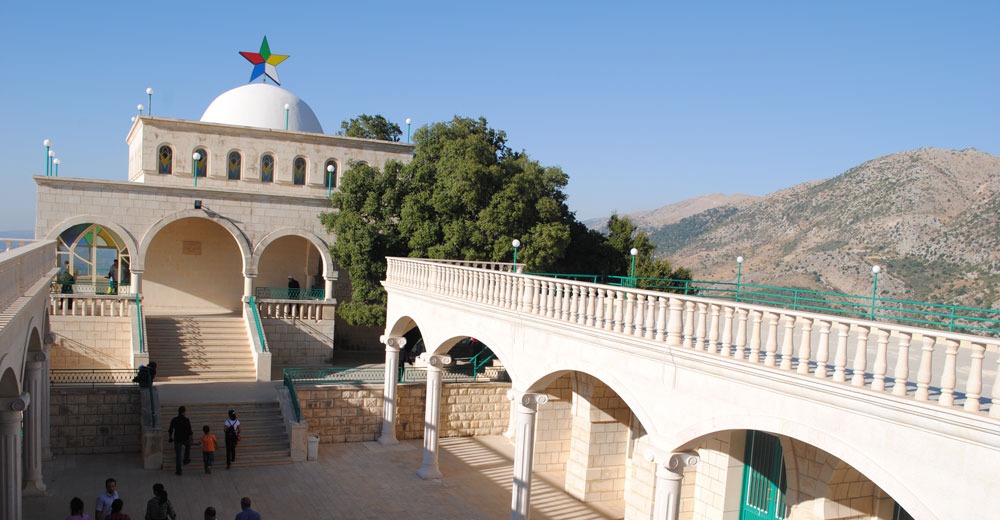
Maqâm El Nabi Ayyoub (Job the Prophet), Niha
Niha is a picturesque village in the Shouf area, known for the Maqâm of Nabi Ayyoub. This shrine is perched on a mountain summit and has been renovated and expanded over the years to accommodate the many visitors and believers who come to seek blessings. The main building houses the tomb of the Prophet Job, believed to be buried in the Lebanese Mountains. The shrine is a place of pilgrimage for people from various religious communities.
Christ Savior Monastery (Deir El Moukhalles), Joun
The Greek Catholic monastery of Deir El Moukhalles is situated in a green spot near Joun. It was inaugurated in 1711 and has a rich history, having been occupied and persecuted at various times in history. During World War I, it provided shelter to the starving, and it was damaged during the Lebanese Civil War. The monastery is known for its impressive church dedicated to the Transfiguration, a wooden iconostasis, and a treasure trove of historical objects and manuscripts.
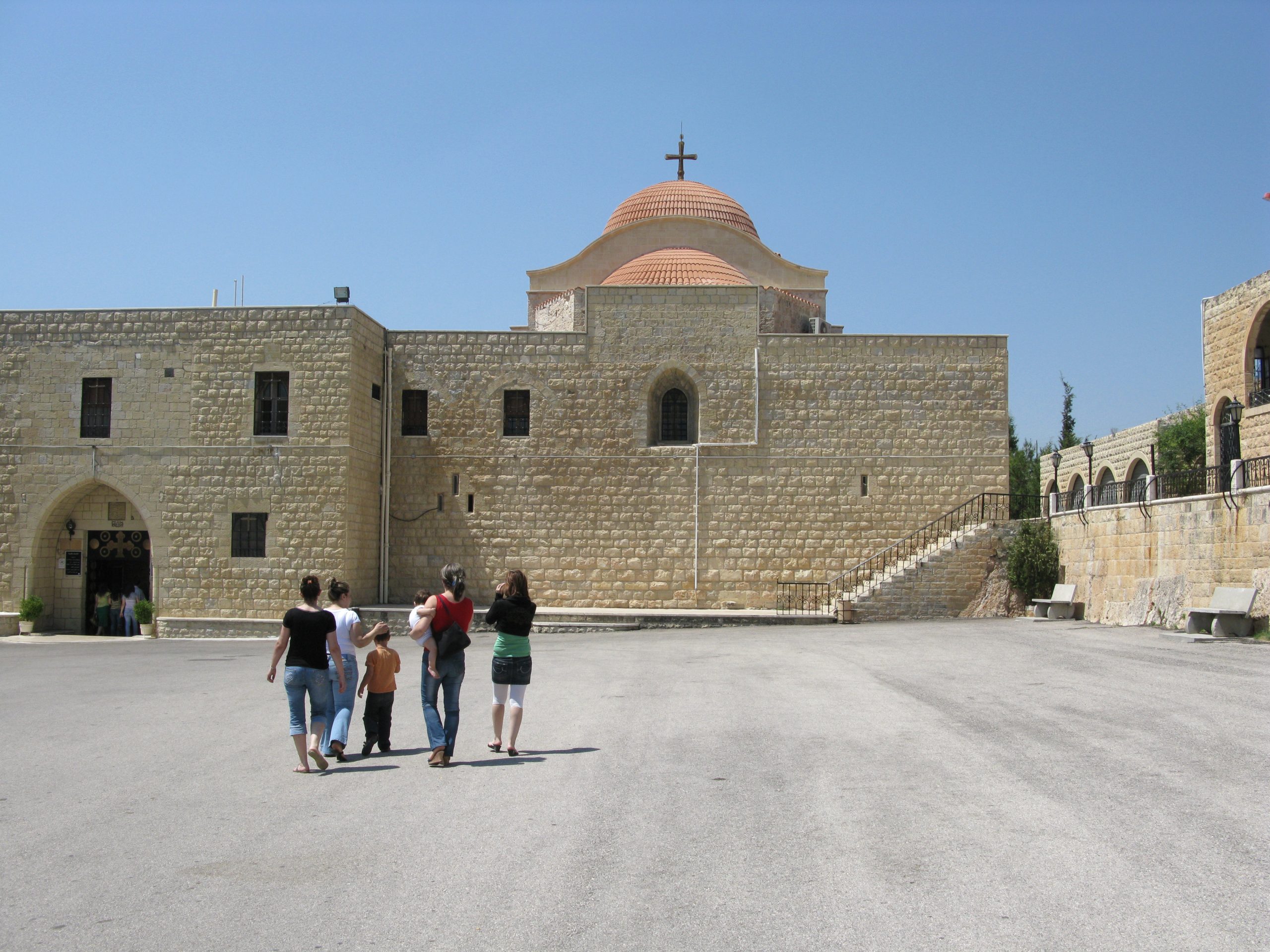
Deir Mar Jiryes El Shahid (Saint George the Martyr Monastery), Naameh
Located in the coastal town of Naameh, this beautiful Maronite Christian monastery dates back to the 18th century. The monks have played a significant role in the local agriculture, and the monastery has a rich history of providing refuge during times of crisis. It was damaged during the Lebanese Civil War but has been restored and continues to serve as a place of worship and care for elderly monks.
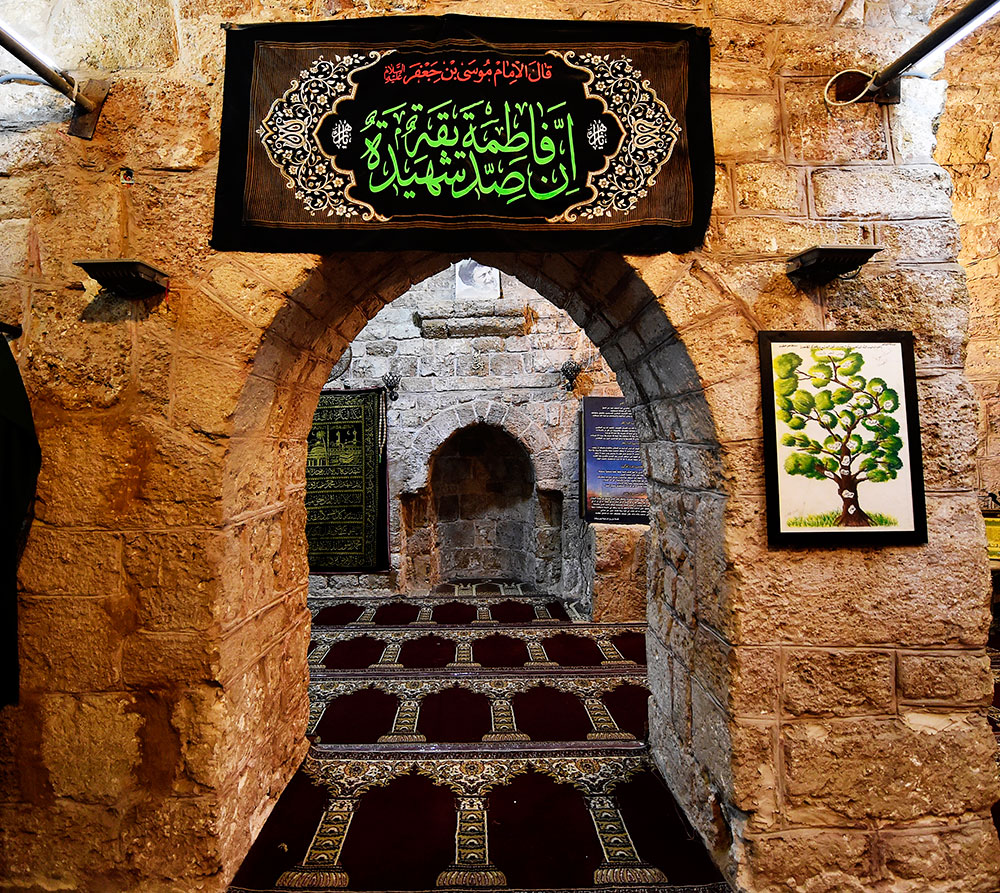
Maqâm El Nabi Younes (Jonah the Prophet), Jiyyeh
Jiyyeh is a coastal city known for the maqâm of Nabi Younes, a shrine dedicated to the Prophet Jonah. According to tradition, this is the place where Jonah was said to be spat out of the whale, as described in the Old Testament. The shrine features an ancient tree struck by lightning, an old mihrab, and a small room housing a tomb. Visitors of various faiths come to seek blessings and grace at this historic site.
These six religious sites in the Shouf area of Lebanon showcase the region’s diverse religious heritage and historical significance. They are not only places of worship but also hold cultural and historical importance, attracting pilgrims and tourists from various backgrounds to experience their unique charm and spirituality.
This article is part of a joint project to promote tourism destinations across Lebanon, launched by the Trade and Investment Facilitation (TIF) activity, funded by the United States Agency for International Development (USAID), and Hospitality Services. The content of this article is the sole responsibility of Hospitality Services, and does not necessarily reflect the views of USAID or the United States Government.
If you liked reading this, check our article of the general view of Shouf.
Loading
